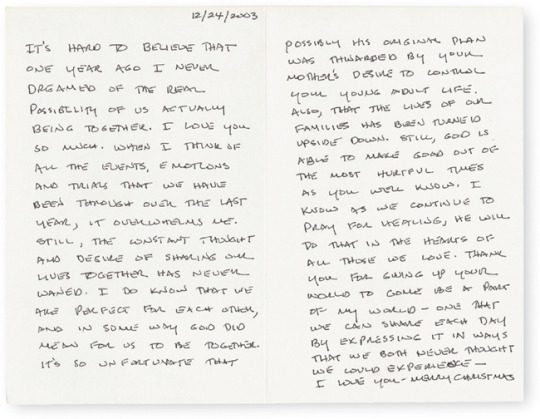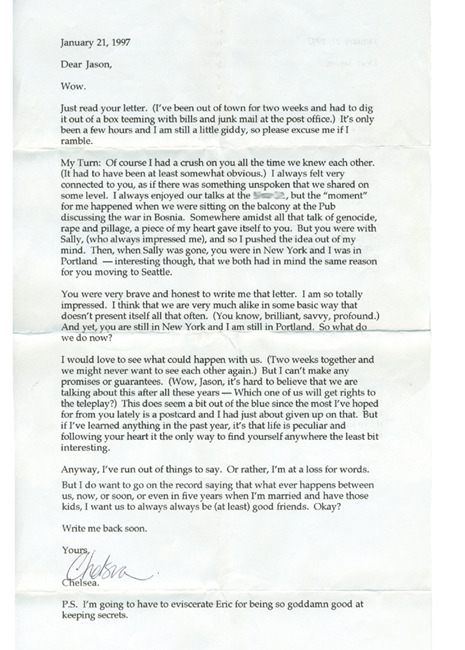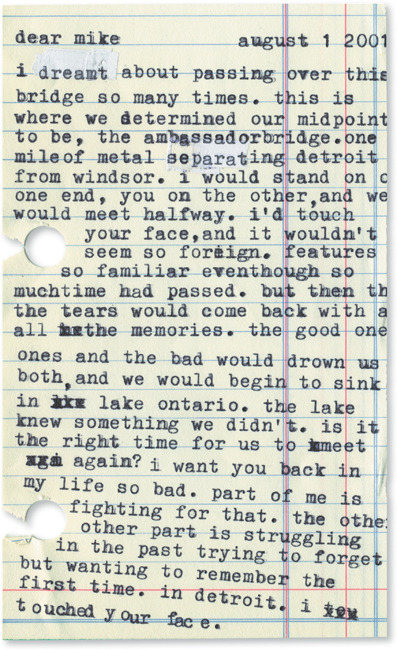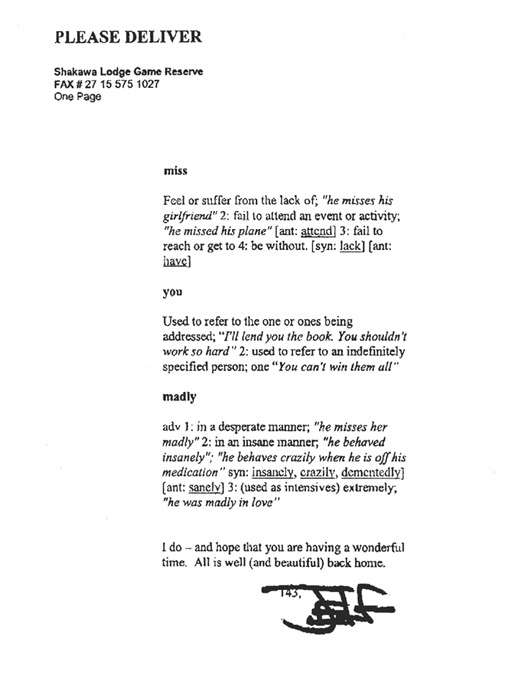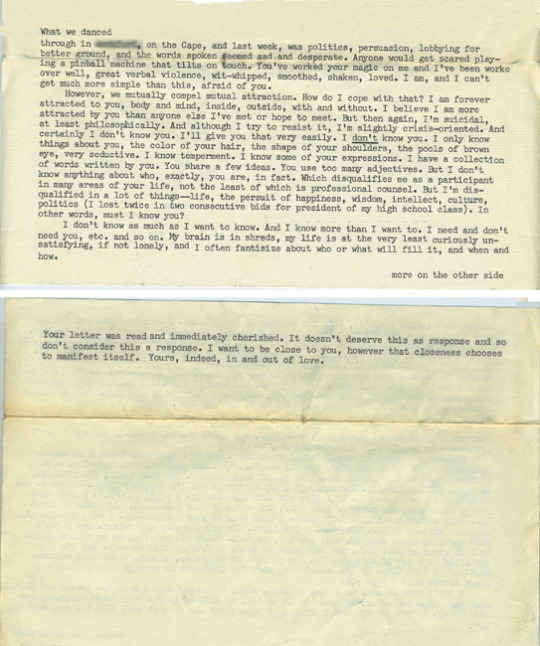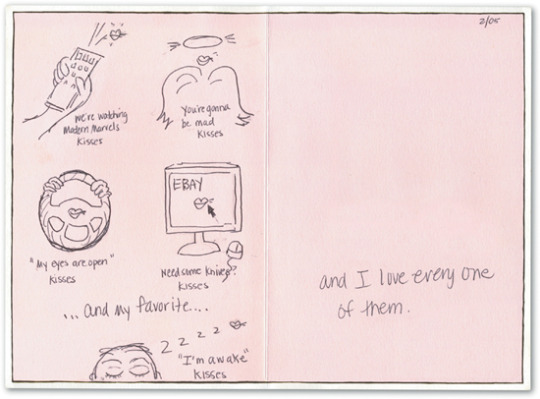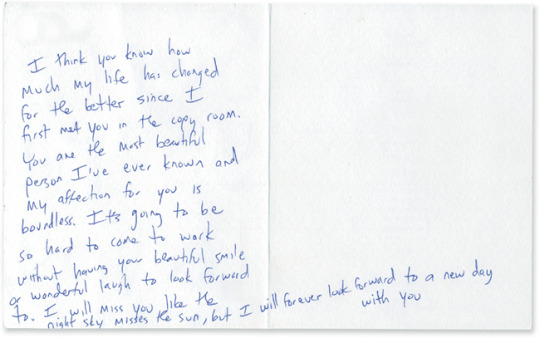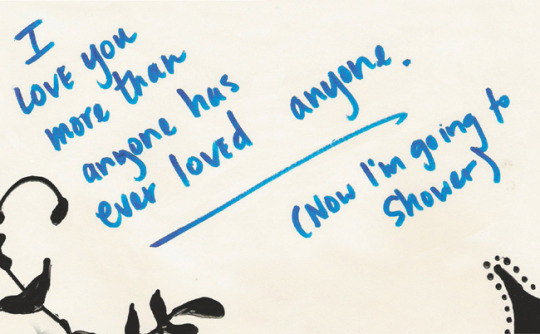weekly dose of book reviews for when you are sick of coffee and yearn for poetry
Don't wanna be here? Send us removal request.
Text

The Mortal Instruments: City of Bones by Cassandra Clare.
Clary Fray is a fifteen year-old living in the wonderful New York City. She lives in an apartment in New York with her mother, Jocelyn. Her father is out of the picture as he lost his life to a tragic accident before she was even born. Clary is an artist – she loves arts and treats art as an escapism from reality. Clary celebrates her fifteenth birthday by going to the club with her best friend, Simon. She thinks there’s no harm in breaking the rules and having fun once in a while even though Simon feels what they’re doing is an idiotic move. They, are of course rejected as they’re minors but thanks to the help of a mysterious man with electric-blue dyed hair, they are allowed to be inside. Clary dances on her own while Simon gets them a drink and her attention darts towards the man who was the reason they were able to get in the first place. He looks at Clary but then focuses his attention of someone else – a beautiful girl wearing a white gown in the club and Clary witnesses all of these. The mysterious man follows the mysterious girl and it seems like she is trying to lead him somewhere: the clearly restricted room with signs of no entry plastered on the door. She does not make much out of it but when she sees two men of blond and dark-haired following them and it appears as the blond-haired men had drawn out something sharp from his pocket, she starts to sense something is wrong. Clary asks Simon if he sees what she sees and urges Simon that they need to do something so he goes on to ask some help from the club’s security team while Clary makes her way through the door. What she sees next and what happens next is a mystery that you, my dear audience, need to discover on your own.
Unlike Paper Towns, I had actually watched the movie prior to reading the book. The Mortal Instruments: City of Bones film was released in 2013, starring Lily Collins (one of my favourite celebrity) and Jamie Campbell Bower. The movie adaptation is not bad but because they had to keep things relatively short, a portion of the plot in the book was altered to cater to the time limitation of the movie. So, if you want to be able to get a full experience of Clary Fray’s life story, it is best that you read the book. Please note that this book is the first out of five in the series. Now, that might seem like a lot because let’s be honest who in the world has that much time to read an entire series? But, trust me, one book does not feel like a lot because of how interesting it is. There’s a plot twist in the first book that will have you contemplating Clary’s decision and you don’t want to miss it. If you’re wondering what in the world is a plot twist, I got you. A plot twist is a literary technique that introduces a radical change in the direction or expected outcome of the plot in a work of fiction. If it happens near the end of a story, it is known as a twist or surprise ending. I do not want to spoil the entire plot but let’s just say that one of Clary’s decision is illegal in many countries. Anyway, the twist is not the only reason you should be reading this book. As mentioned above, it is a fantasy novel but it’s not really your typical fantasy book. We’re so used to werewolves and vampires but this novel combines everything you ever wanted: from demons to vampires, to even angels. That combination might look like it’s a disaster but believe me, it’s well-thought of and is brilliantly written so you don’t feel like it’s too much. City of Bones is a great introduction to the series and I believe that it’s worth the read (and the money!).
1 note
·
View note
Text

Paper Towns by John Green.
Quentin first met Margo when she moved in next door to him, in which he described the experience of meeting Margo as a ‘miracle.’ They would hang out around a lot in their childhood but ultimately lost contact over the years. I wouldn’t say lost, they grew up and went on their separate ways, to be exact. Margo, as told by Quentin to us, was one of the popular kids in high school and he was, some guy. They did catch up once in a while but that was it – random how-are-you and that’s it. But that one night where Margo decided to sneak up (read: breaking and entering) on Quentin’s window, their relationship sort of changed. It felt like old times again. Margo asked Quentin for a favour – to go on a revenge hunt with her. Apparently there’s a feud between her and her friends. Quentin was of course reluctant at first since he’s kind of a geek but this is Margo Roth Spiegelman we’re talking about, his long-time crush. He couldn’t just say no so he agreed. They pulled an all-nighter that night, committing several (serious) felonies. The day after, though, Margo just disappeared. She was nowhere to be found and Quentin did find it a little bit odd. He found out sometimes after that it seemed like Margo had left some little clues for him, almost as if she wanted him to find her. So, with the help of his two geeky friends, Quentin went on in a quest to look for the mysterious Margo Roth Spiegelman.
Note that this book is written by John Green, a renowned author. He had written several best-selling books. You might be more familiar with the film-adaption of his most well-known book, The Fault in Our Stars. Today, I’m reviewing Paper Towns, which has also been adapted to a major motion picture starring Cara Delevingne and Nat Wolff. Before Paper Towns, I have only read an excerpt from The Fault in Our Stars. Was I a big fan? No. John Green is great at what he’s doing but I am not one to follow the mainstream route. My mum randomly bought Paper Towns and I casually read through it and thought that the book was surprisingly good. It wasn’t mediocre at all, which was my expectation of anything John Green had ever put out there. What I love about Paper Towns is that it isn’t really your typical young-adult novel. One might think that since it’s a story about a hopeless romantic high-school boy searching for his long-time girl crush, it’s going to end with that typical popular kid finally seen what the geeky boy has and that he’s what she’s been searching all along. It’s ending is NOT that. You might think you know where the story is going but nope, John Green fooled us all. And for that ending, I think the book is worth the read. The book is so, so much better than the film-adaptation. You won’t regret reading this one, I promise.
Usually I’ll talk literary devices: metaphors and all that. But for this book, we’re going to talk about the plot and what ending it has. Spoiler alert: the ending is ambiguous. Yes, you will eventually found out of Margo’s whereabouts but what happened next, when Quentin finally solved the clues, was ambiguous. Let’s explore about what an ambiguous ending is, shall we? An ambiguous ending is one that can be interpreted in various ways. An ambiguous ending may allow two readers to reach completely different conclusions of what happened next. The ambiguous ending, out of all the endings, requires the most engagement from the reader, as they are actively encouraged to consider the importance of events for themselves. I think ending of this type is perfect for those with wild imagination. It’s an interesting type of ending too because it allows you to sort of write your own story, your own conclusions of what happened between Quentin and Margo. I’ve watched animes and read books with endings I don’t like so to be writing, creating and imagining an ending of my own gives me some sort of satisfaction. For those who have always loved to come up with your own alternate ending, this book is written for you.
1 note
·
View note
Text

Girl in Pieces by Kathleen Glasgow.
Years ago, I’ve been struggling to come across a book that I could indulge in for hours. I am aware of many, many well-written books out there but none of them was really written for me. Either the writings were too blatant (I absolutely DIG metaphors) or it’s a book that revolves around romance, which no offence to you, my audience, who prefer the genre, but it’s just not for me. I was casually browsing through a local bookstore, looking for some stationeries originally, but then lost my way and accidentally wandered around the bookshelves somehow. I picked up this book mainly because of its paperback cover that stood out from the rest (I mean, it’s pink) and I have little to no expectations whatsoever – I did not think it was going to be interesting. I read the synopsis and thought that the story is a little too personal; given that it touched on suicide and self-harm. Since the book wasn’t plastic wrapped, I flipped through a couple of pages to get a little bit of insight on how it’s written. I read a little on the page where it talked about Charlie’s deceased father and immediately I was hooked. Don’t get me wrong – death and suicide are hefty subjects and reading anything revolving those two things is never easy. But Kathleen Glasgow’s story-telling was hauntingly beautiful and somewhat brilliant. The realism of this book is what sold me, honestly. It illustrates the reality of those born into a broken family and how they never had a chance to experience life because they’re constantly trying to survive.
Now, let’s take a look at the literary devices that can be found in this book and which of them I like the most. I’ve mentioned earlier that I love metaphors in writing. Kathleen Glasgow embraces that during the writing process of Girl in Pieces. Some of you might not know what a metaphor really is but worry not, I have you covered. Metaphor as defined by Merriam-Webster is a figure of speech in which one word or phrase describing an object or action is substituted for another in order to convey a similarity or analogy between them. Do you get it? Metaphor figuratively compares and equates two things that are not alike. If I were to compliment you by comparing you to a peach, it means that I think you’re sweet and delightful just like a peach is and not a peach literally. In this book, specifically on page 27, Charlie writes a note to Casper that her body is on fire, that it’s burning. If she mends herself, she feels cooler and calm on the inside like how moss feels when you get to far back in the woods. Does that mean she’s literally on fire or that when the flame is put out, there’s a moss growing inside her? No. It’s a poetic way to describe your feelings. Maybe if you’re feeling angry and it feels as if there was smoke coming out from your ears. Metaphors are exactly like that. They don’t make sense but perfectly conveys your feelings. Kathleen Glasgow’s approach to using metaphors in this book is exceptional. It’s perfectly balanced so it’s not too overwhelming or too little. I am certain you’d love this book if you’re a metaphor person.
The story opens up with Charlie describing herself as baby harp seal because she’s all white from all of the bandages wrapped around her arms and thighs. We’re given a little backstory on how she ends up here; in a psychiatrist ward. A security guard found a barely conscious Charlie, who apparently has attempted to commit suicide and then left her on the lawn of Regions Hospital which she was taken in care of the psychiatrist ward, given her condition. Throughout her stay in the hospital, she meets Louisa – her roommate, one with the very pretty hair, Blue – the girl with the bad teeth and talks for the sake of talking, Casper – the orderly, Jen. S – short girl with battle scars all over her body, Francie – who cope by hurting herself with every method possible, Sasha – the one who cries a lot, and Linda – who goes by three names and wears grandma dresses. Here’s one thing they all have in common: they’re very, very sick inside. Days spent is therapy is all the same – where every moment is spoken for; the orderlies who keep tabs in every little you do, you know, in case you try to do something idiotic and that therapy session where stories are told and tears are spilled. Charlie hates being there, even if it’s safer than being outside because there’s really no difference. She’s slowly recovering, sure, but she’s still being haunted by her past. One of the many memorable quote in the book, as told by Casper, “our subconscious is spectacularly agile. Sometimes it knows when to take us away, as a kind of protection.” But Charlie never had protection, her subconscious does not protect her from all the times she’s been traumatized. She’s really broken inside. Charlie has kind of broken one of the rules at the ward when she sneakily e-mails a long, lost friend, Mikey. They catch up with each other, with Mikey mainly being surprised by the fact that Charlie is alive and well and tells her that he’s visiting town and asks her to put him on the visitor’s list so they can finally be reunited. It takes a while for Mikey to be able to contact Charlie. Apparently a mistake was made and Mikey’s name got lost somewhere in the visitor’s list or he wasn’t put down on the list at all so Mikey had to greet her from far away; he’s in the parking lot and Charlie, well, inside. It isn’t long until the hospital orderlies find about this ‘reunion’ of theirs and they chase Mikey down. Fast forward, Charlie is released from treatment and is set to move in with her mother, which is odd considering she abandoned her and never once claimed her while she’s in recovery. Charlie bids her farewell with the rest of the girls and the orderlies at the hospital and meets up with her mother. It would appear that the plan was never for her to move in with her mother but she’s going to be living alone. She moves to Tucson, Arizona where she stays at a place that Mikey rented out for himself but is never there and in Arizona is where her story really begins. She starts by finding herself a job which she does eventually get and tries to look for a place with cheap rent. She’s trying to start afresh. Her past? She’s trying to let that go. But, somehow, her problems: what she had to deal with in the past always managed to find their way back to her.
0 notes
Text

Lucien A. PERONA - Le jardin d’essai à Alger (detail)
183 notes
·
View notes

